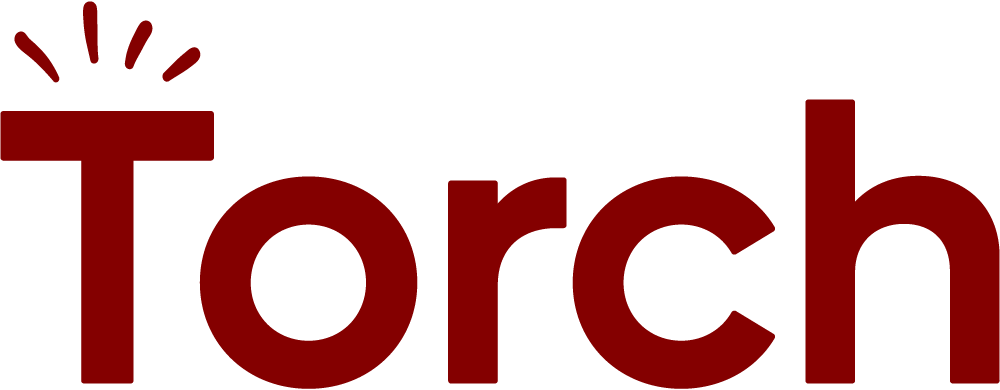Employees with clear goals perform better and are happier at work. They have a bigger impact on an organization’s profitability and productivity and are more engaging team members. As a manager, it is your responsibility to not only hold employees accountable to those goals but to provide the resources and insights needed to create them in a way that aligns with company objectives.
Successful goal setting starts at the top with the company’s mission statement. And yet, only 40% of employees feel they understand what their company stands for and why it is different from the competition. By taking the time to formalize your company’s values in a culture deck, you’ll better communicate the strategic business objectives that everyone should work toward collaboratively. From there, you can ask the following three questions and guide employees to build better, more actionable short- and long-term goals.
“What Goals Would You Like to Work Towards?”
As a manager, your job is to communicate the impact of the organization’s objectives in the form of goals for your team. Once your employees are clear on the basics, it will be easier to set actionable goals that benefit their individual growth as well as the company’s mission.
Ask your direct reports to identify specific goals they’d like to work towards while keeping in mind the importance of the mission statement and values you’ve shared with them. That doesn’t mean you can’t provide a base level of guidance in crafting these goals. Help them identify key areas for improvement and provide a SMART framework to inform their goals. SMART goals should be:
- Specific
- Measurable
- Achievable
- Relevant
- Time-based
For example, an account manager whose performance is measured based on retention rate and net promoter score (NPS) might create a SMART goal such as “By December 31, 2019, I will increase NPS by 15% and retain 80% of my clients by making at least one 15 minute phone call to each of my clients each week.” This goal is specific in both what and how the account manager will do, measurable with clear metrics in place, achievable with modest but impactful improvements, and set to a specific period of time.
“Do You Feel Challenged By this Goal?”
The measurable and achievable points of a SMART goal are often difficult to quantify. No one wants an unfulfilled goal to reflect negatively on them in future performance reviews. But as a manager, you want your team to stretch and to try new things. Coming up a little short of a challenging goal is preferable to soaring over a bar set too low out of caution.
Set stretch goals that will help the employee build momentum, develop new skills and expertise, and step out of their comfort zone. If your direct report feels they can comfortably increase their NPS by 15%, encourage them to aim for 20%. They may not make it, but it pushes the goal posts a bit further out.
A good stretch goal either stretches upwards, pushing the goal setter to new heights in their career or expands their responsibilities outward to encompass new roles and skills. For them to be effective, they need to walk a fine line between challenging and not quite achievable. These goals are about progress, meaning the focus should be on celebrating the small wins achieved every day and embracing failure as an opportunity to improve and get closer to success next time.
“How Are You Monitoring Your Progress?”
Without constant input and guidance, it’s easy to feel like you’re in the trenches by yourself. Some employees are lucky to see their managers once or twice a week and have dedicated check-ins, but others might only have those meetings once or twice a year. It’s a lot of pressure to successfully complete goals with so little input along the way.
To signal that you are invested in their success, hold weekly 1:1’s to evaluate progress and provide a forum for regular feedback. Encourage your direct reports to implement a system to monitor and report on their progress. This can be as simple as a spreadsheet or Trello board to note progress on the individual components of their goals, or a more robust task tracker like Todoist they can use to organize their efforts. The objective is for them to better understand what’s working and what isn’t throughout the year. When something is going right, celebrate it and encourage them to keep going. If something is going wrong, help them identify the cause and make adjustments.
Keep in mind that every employee is unique so how they manage their work and record progress will be different. Provide options in the form of software, meetings to discuss productivity methods and tools, and additional resources if they need them. Whether it’s a task management system, further training, or more frequent check-ins, your support starts by asking this one simple question.
Goal Setting Done Right Can Improve Employee and Company Performance
Studies have shown that goal-setting alone can have a substantial impact on performance, even without financial incentive. You can help your employees connect those goals to the larger organizational outcomes you’re working towards, show them you are an active partner in their success, and make sure they feel motivated and challenged to grow. These three questions will not only demonstrate your engagement, but it will help you identify and respond to failures early so you can correct issues before they impact performance.
Use our Leadership Development Plan to set goals for your team members and yourself.


